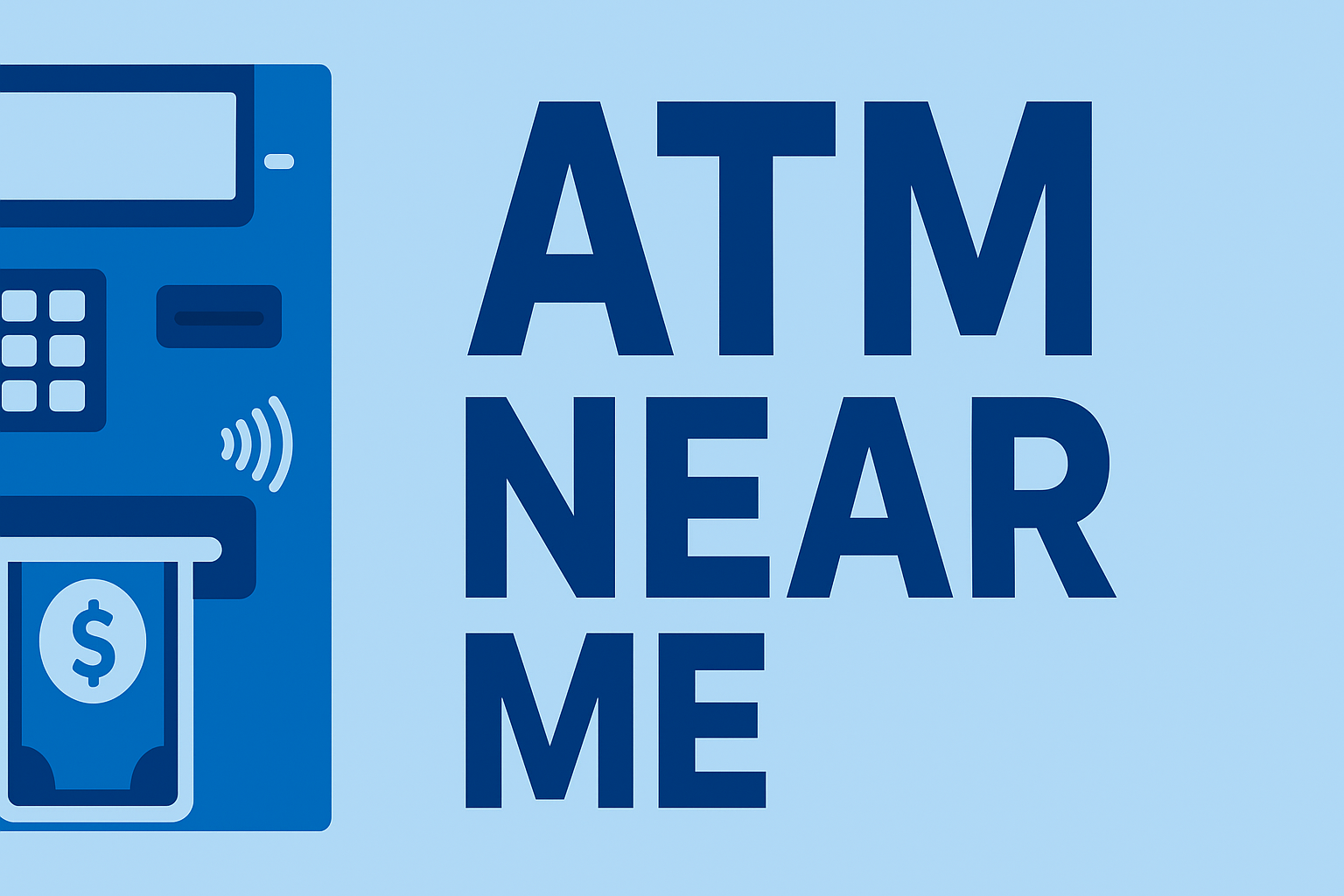When you make a large cash withdrawal or deposit, your bank may be required to report the transaction to federal agencies. These reporting rules help prevent money laundering and financial crime, but they can also raise understandable questions for everyday customers. This guide explains how banks report large transactions, when IRS notifications happen, and what you should expect during the process.
IRS Cash Transaction Reporting Rules
Under the Bank Secrecy Act (BSA), financial institutions must report certain cash activities to help detect and prevent financial crimes. The most important filing is the Currency Transaction Report (CTR), which is triggered when:
- Cash deposits or withdrawals total $10,000 or more in a single business day
- A customer attempts to break transactions into smaller amounts to avoid the $10,000 threshold (known as structuring, which is illegal)
- Bank employees observe transactions or behavior that appears unusual or suspicious
These rules are aimed at preventing money laundering, tax evasion, and fraud. Routine banking activity is not penalized, and honest customers have nothing to worry about when following standard procedures. For unrelated transaction issues, see our ATM transaction error guide.
What Banks Do Behind the Scenes
When a large cash transaction occurs, your bank’s compliance system automatically evaluates it. Depending on the situation, the bank may:
- Record the transaction in internal monitoring systems
- File a Currency Transaction Report (CTR) when the $10,000 threshold is met
- Submit a Suspicious Activity Report (SAR) if behavior appears unusual or inconsistent
- Store detailed transaction data for audits and FinCEN review
CTR and SAR filings are sent to the Financial Crimes Enforcement Network (FinCEN), which shares information with the IRS and other agencies as appropriate. For more details on how the IRS uses this data, see our guide: Does the IRS Flag Large Withdrawals?
Does the IRS See Every Withdrawal?
No — the IRS does not monitor bank accounts in real time. The IRS only receives information when a CTR or SAR is filed. Even then, most large but legitimate cash transactions do not result in audits. Banks look for patterns rather than isolated events before escalating anything further.
How to Avoid Problems With Large Transactions
- Keep documentation: Save receipts, invoices, or contracts that explain the purpose of your transaction.
- Notify your bank in advance: Large withdrawals or deposits may require planning or verification.
- Avoid structuring: Splitting a large cash amount into smaller transactions to avoid reporting is illegal and easily detected.
- Consult a professional: For complex financial moves, speak with a CPA or tax attorney.
If you’re withdrawing cash and run into ATM limits or errors, explore our guides to ATM withdrawal options or fee-free ATM locations to find safe, reliable machines in your network.
Related Guide: How the IRS Flags Cash Withdrawals
To learn more about what the IRS sees and which transactions may raise red flags, read our companion article: Does the IRS Flag Large Withdrawals?
Key Takeaways
- Cash reporting rules protect the financial system, not punish everyday customers
- The $10,000 reporting threshold applies per business day
- Banks may file SARs even for amounts under $10,000 if behavior appears suspicious
- Staying transparent and keeping documentation ensures smooth transactions
Understanding how banks report large transactions helps you manage your money confidently and avoid misunderstandings. For help troubleshooting ATM issues, see our guide on common ATM error solutions.
